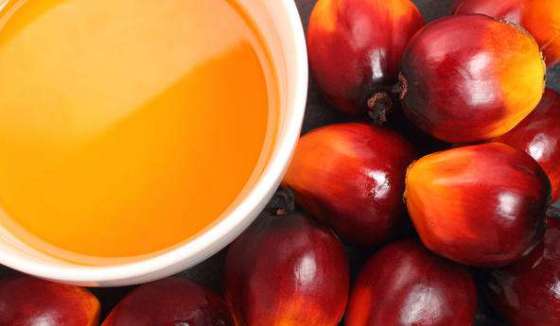SunSirs: Bullish Strikes, Chinese Palm Oil Soars like a Rocket, Creating a 8-Year High
March 10 2021 08:42:59 SunSirs (Linda)
According to data monitoring by SunSirs, in March 2021, oils and fats started a crazy rise mode. With the average price of soybean oil easily breaking through 10,000 yuan, palm oil also caught the ride, and the price has risen sharply, close to 8,400 yuan/ton. First line. As of March 9, the average market price of palm oil was 8,366 yuan/ton, which was 15.11% higher than the price at the beginning of the year.
The current high price of palm oil is nearly 500 yuan/ton from the historical high of 8,920 yuan/ton on April 10, 2012, but it has reached an 8-year historical high. Let us take a look at what palm oil has gone through over the years, and what does the current high price mean for palm oil?
Bad news suppresses palm oil high diving in 2012
In 2012, the price of palm oil ushered in a big increase driven by the surge in soybean oil. On April 10, palm oil rose to the highest point in history, and then the bullish factors materialized. Palm oil began to dive high. Unlike soybean oil, the price of palm oil rose sharply. Soybean oil has risen sharply again in half a year, and palm oil prices have begun to fall due to the high production of palm oil in Malaysia. Palm oil fell 16.61% for the whole year in 2012.
Oversupply, palm oil falls for three consecutive years
Since 2013, palm oil has started a long decline along with soybean oil. The price has repeatedly hit new lows and has fallen for three consecutive years. On December 31, 2015, the lowest price of palm oil fell to 4670 yuan/ton, and the overall decline in the three years was as high as 26.56%. The three-year trough period of palm oil is related to the weakening of soybean oil and the dumping of vegetable oil reserves. Malaysia's palm oil production is also at a high level, supply is loose, inventory is high, and the weather hype theme has not materialized, and palm oil fell out of the sky.
Long-short game palm oil presents a roller coaster market
After three years of dormant palm oil in 2016, palm oil inventories were low and supplies were tight, and the market began to rise. The market once rushed to a high of 6,600 yuan/ton, a 41.21% increase throughout the year. In 2017, palm oil began to dive high, and the price fell for two consecutive years. The fall is even more violent, breaking through the 4670 yuan/ton at the end of 2015, and has fallen to 4,180 yuan/ton, which is a record low and has fallen by 36.62% in two years. As the saying goes, how low the fall means how high it will rebound in the future, let us wait and see.
Palm oil starts to bottom out in 2019 and rises by 100% in 2021
The rise of palm oil in 2019 In the second half of 2019, especially in the last four quarters, Malaysia's palm oil production cuts are expected to increase, and palm oil has staged a rise, rise, and rise. Even if there is an occasional correction, it is still difficult to rise. Palm oil rose 56% for the year in 2019. In 2020, palm oil is supported by tariff policies, and news of soybean oil purchases and storage is frequent. Under the support of multiple bullish factors, the annual price has risen by more than 10% on the basis of a 56% increase in 2019. By March 2021, crude oil has risen, soybean oil has exceeded 10,000 yuan, and palm oil has also reached the line of 8,400 yuan. On March 9, the average market price of palm oil was 8,366 yuan/ton, an increase of 100.14% from the beginning of 2019.
SunSirs agricultural products analysts believe that the surge in palm oil prices is mainly due to the external market, crude oil surges, extreme weather in the United States, soy oil prices surge, and Malaysian palm oil exports are strong. At present, it has risen to a high level, and the market outlook is limited. Beware of callbacks.
If you have any questions, please feel free to contact SunSirs with support@sunsirs.com.
- 2024-04-12 SunSirs: Good News, China Palm Oil is Expected to Rise
- 2024-04-10 SunSirs: China Soybean Oil Market and Palm Oil Market Declined after the Qingming Festival
- 2024-03-25 SunSirs: Futures Market Boosting, China Soybean Oil and Palm Oil Market are Rising
- 2024-03-19 SunSirs: Positive Support, China Soybean Oil and Palm Oil Markets Rise
- 2024-03-08 SunSirs: Positive Support, China Soybean Oil and Palm Oil Market is Up



